#Anasazi
Text
OMG YOU GUYS—there is a perfumery with an entire section of @neil-gaiman perfume (and a whole category of Good Omens, and yes, Crowley and Aziraphale have their own scents).

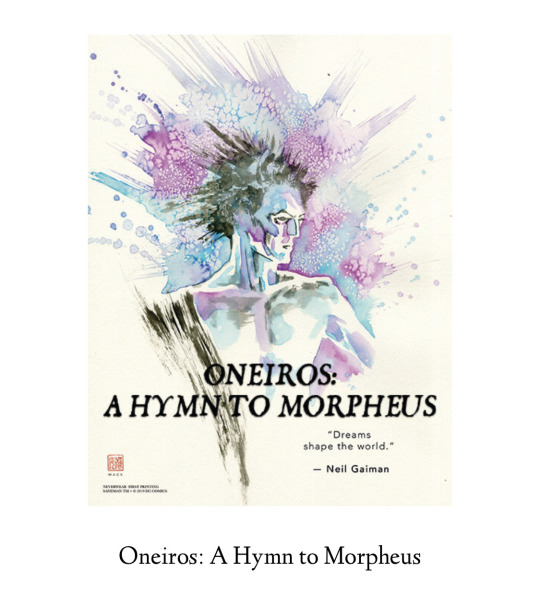
2K notes
·
View notes
Note
Hey, would you be willing to elaborate on that "disappearance of the Anasazi is bs" thing? I've heard something like that before but don't know much about it and would be interested to learn more. Or just like point me to a paper or yt video or something if you don't want to explain right now? Thanks!
I’m traveling to an archaeology conference right now, so this sounds like a great way to spend my airport time! @aurpiment you were wondering too—
“Anasazi” is an archaeological name given to the ancestral Puebloan cultural group in the US Southwest. It’s a Diné (Navajo) term and Modern Pueblos don’t like it and find it othering, so current archaeological best practices is to call this cultural group Ancestral Puebloans. (This is politically complicated because the Diné and Apache nations and groups still prefer “Anasazi” because through cultural interaction, mixing, and migration they also have ancestry among those people and they object to their ancestry being linguistically excluded… demonyms! Politically fraught always!)
However. The difficulties of explaining how descendant communities want to call this group kind of immediately shows: there are descendant communities. The “Anasazi” are Ancestral Purbloans. They are the ancestors of the modern Pueblos.
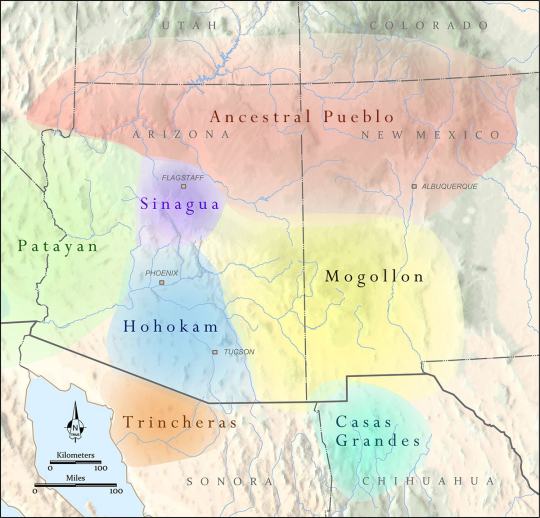
The Ancestral Puebloans as a distinct cultural group defined by similar material culture aspects arose 1200-500 BCE, depending on what you consider core cultural traits, and we generally stop talking about “Ancestral Puebloan” around 1450 CE. These were a group of people who lived in northern Arizona and New Mexico, and southern Colorado and Utah—the “Four Corners” region. There were of course different Ancestral Pueblo groups, political organizations, and cultures over the centuries—Chaco Canyon, Mesa Verde, Kayenta, Tusayan, Ancestral Hopi—but they generally share some traits like religious sodality worship in subterranean circular kivas, residence in square adobe roomblocks around central plazas, maize farming practices, and styles of coil-and-scrape constructed black-on-white and black-on-red pottery.
The most famous Ancestral Pueblo/“Anasazi” sites are the Cliff Palace and associated cliff dwellings of Mesa Verde in southwestern Colorado:

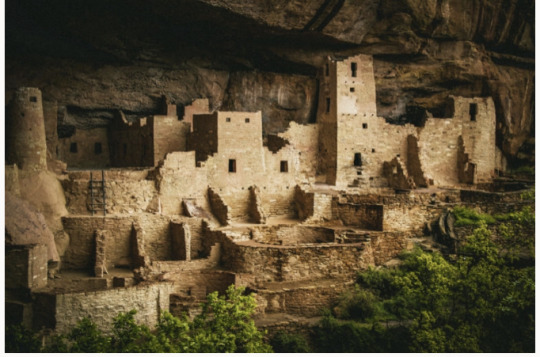
When Europeans/Euro-Americans first found these majestic places, people had not been living in them for centuries. It was a big mystery to them—where did the people who built these cliff cities go? SURELY they were too complex and dramatic to have been built by the Native people who currently lived along the Rio Grande and cited these places as the homes of their ancestors!
So. Like so much else in American history: this mystery is like, 75% racism.
But WHY did the people of Mesa Verde all suddenly leave en masse in the late 1200s, depopulating the whole Mesa Verde region and moving south? That was a mystery. But now—between tree-ring climatological studies, extensive archaeology in this region, and actually listening to Pueblo people’s historical narratives—a lot of it is pretty well-understood. Anything archaeological is inherently, somewhat mysterious, because we have to make our best interpretations of often-scant remaining data, but it’s not some Big Mystery. There was a drought, and people moved south to settle along rivers.
There’s more to it than that—the 21-year drought from 1275-1296 went on unusually long, but it also came at a time when the attempted re-establishment of Chaco cultural organization at the confusingly-and-also-racist-assuption-ly-named Aztec Ruin in northern New Mexico was on the decline anyway, and the political situation of Mesa Verde caused instability and conflict with the extra drought pressures, and archaeologists still strenuously debate whether Athabaskans (ancestors of the Navajo and Apache) moved into the Four Corners region in this time or later, and whether that caused any push-out pressures…
But when I tell people I study Southwest archaeology, I still often hear, “Oh, isn’t it still a big mystery, what happened to the Anasazi? Didn’t they disappear?”
And the answer is. They didn’t disappear. Their descendants simply now live at Hopi, Zuni, Taos, Picuris, Acoma, Cochiti, Isleta, Jemez, Laguna, Nambé, Ohkay Owingeh, Pojoaque, Sandia, San Felipe, Santa Clara, San Ildefonso, Tamaya/Santa Ana, Kewa/Santo Domingo, Tesuque, Zia, and Ysleta del Sur. And/or married into Navajo and Apache groups. The Anasazi/Ancestral Puebloans didn’t disappear any more than you can say the Ancient Romans disappeared because the Coliseum is a ruin that’s not used anymore. And honestly, for the majority of archaeological mysteries about “disappearance,” this is the answer—the socio-political organization changed to something less obvious in the archaeological record, but the people didn’t disappear, they’re still there.
352 notes
·
View notes
Text





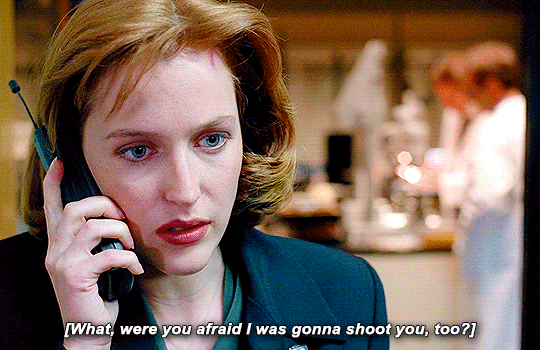
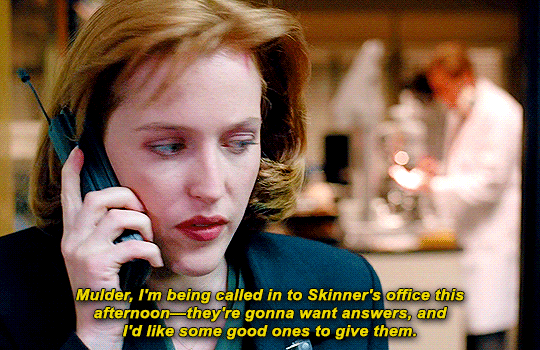
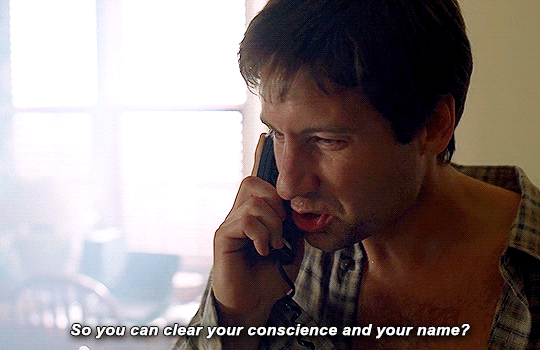


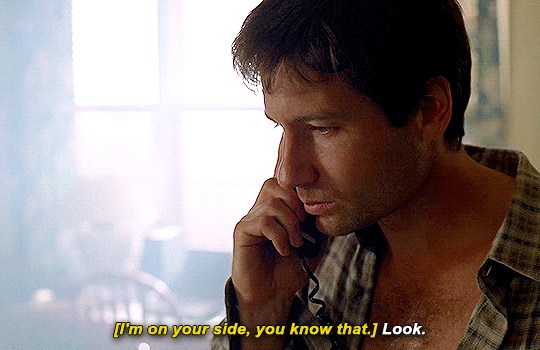

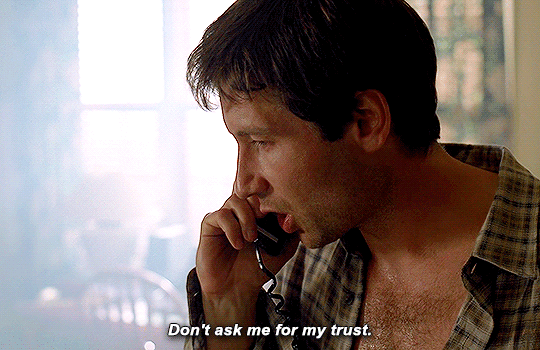

Mulder, they're gonna suspect you anyway, you've got no ID on the shooter, your behavior has been irrational lately... Mulder, can't you see that everything is pointing directly at you?
THE X FILES GIF MEME [3/9] SCENES
from Anasazi (2.25)
#the x files#txf#dailytxf#txfedit#xfilesnet#fox mulder#dana scully#2x25#anasazi#txfmeme#memescenes#mine#aka that one time mulder was tripping on lsd#here i am again giffing an impossibly long winded scene#idk why i like this i think i just love the way he says#what were you afraid i was gonna shoot you too?#so iconic#also how he says YOUR LITTLE NOTES#bro is trippin so hard#also don't ask me for my trust#ugh#anyway! bye
440 notes
·
View notes
Text
txf + text posts (15/?)





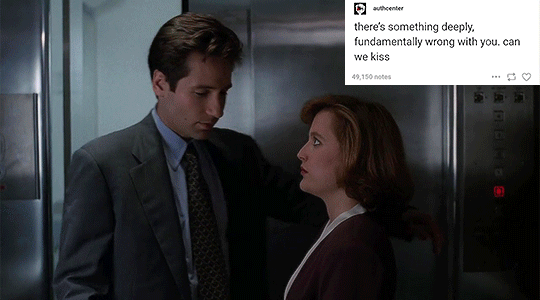

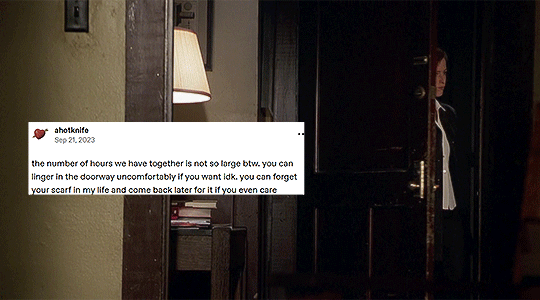
#tried something new with the text screenshots and it did NOT work#but i tried and therefor no one can criticize me#txf#txf gifset#txfedit#txf edit#txf + text posts#liwl makes a gif#alone#the jersey devil#all things#anasazi#closure#shadows#terma#fight the future#txf s1#txf s2#txf s4#txf s7#txf s8
97 notes
·
View notes
Text



#canyons of the ancients#Colorado#Anasazi#ancestral puebloans#archaeology#sand canyon#adventure#travel#my photo#southwest#desert#photography#aesthetic#landscape#scenery
185 notes
·
View notes
Text
the way that when mulder sees his dad in colony he reaches out to hug him
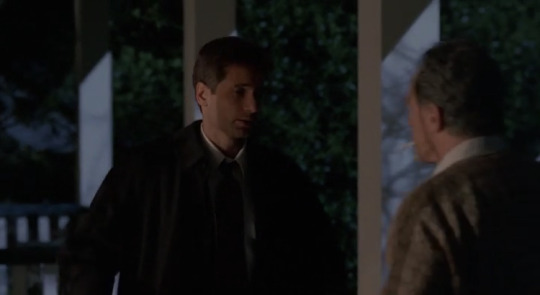
and gets cut off with a handshake


is so sad to me because the next time that mulder goes to see his dad, in anasazi, he instantly shakes his hand

he just notices and internalizes everything around him and the way people respond to him and what people want from him, and moments like this where he’s remembering and acting out of that learned information, are so telling
#it’s what’s so sad about how genuinely kind and compassionate he is#and how much he trusts and believes in practically everyone#because he SEES the world and he understands it and he takes in the way that people treat him#and he’s literally never been anything but neglected and abused#not since samantha and until scully#he observes and notices literally everything and alters his behavior and intentions accordingly#but none of the horrible things that he sees or that he internalizes being done to him make him stop just loving the world#and being dedicated to people#you know?????#y’all know what i’m trying to say????#he also is so cognizant of taking notice of people’s boundaries and what they want his place in their life to be#it makes me so crazy that he remembers and knows that his dad doesn’t want to hug him#and he still reaches his hand out first#to give that connection that his dad /is/ open to#anasazi#colony#txf.txt
203 notes
·
View notes
Text



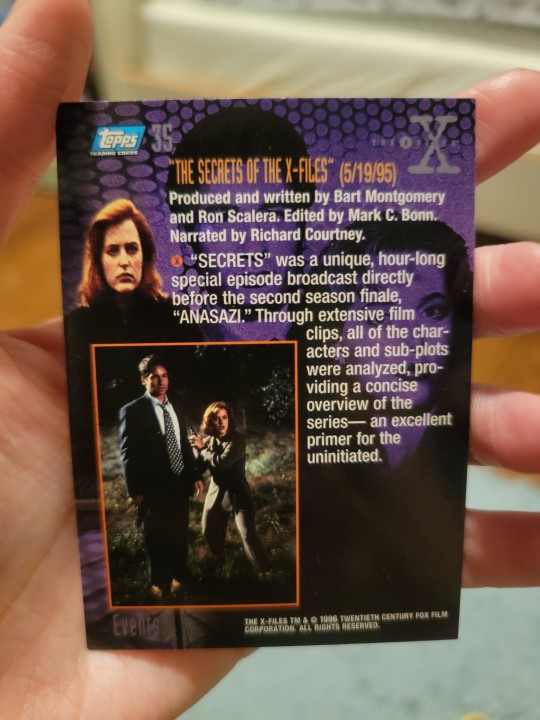
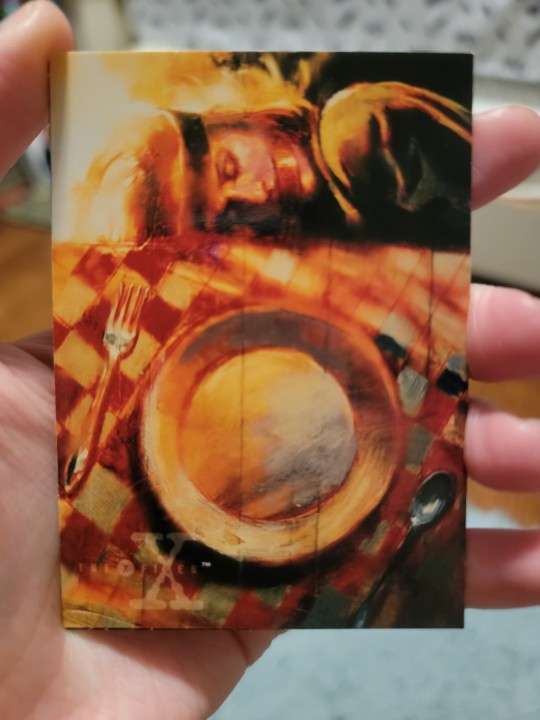

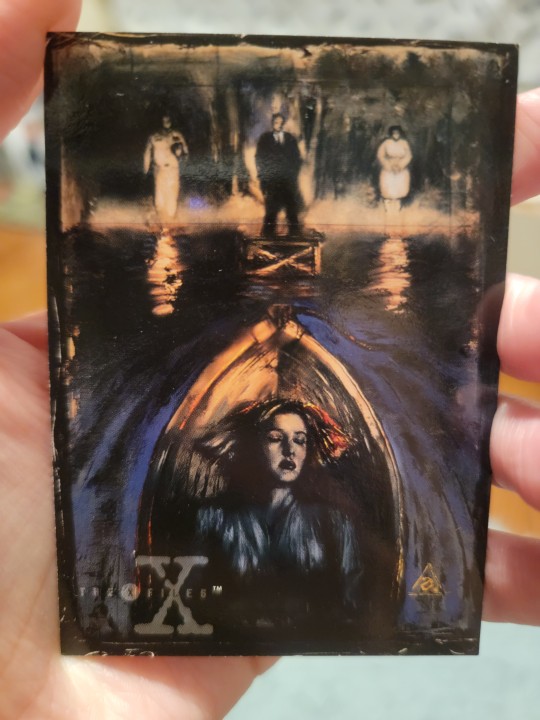
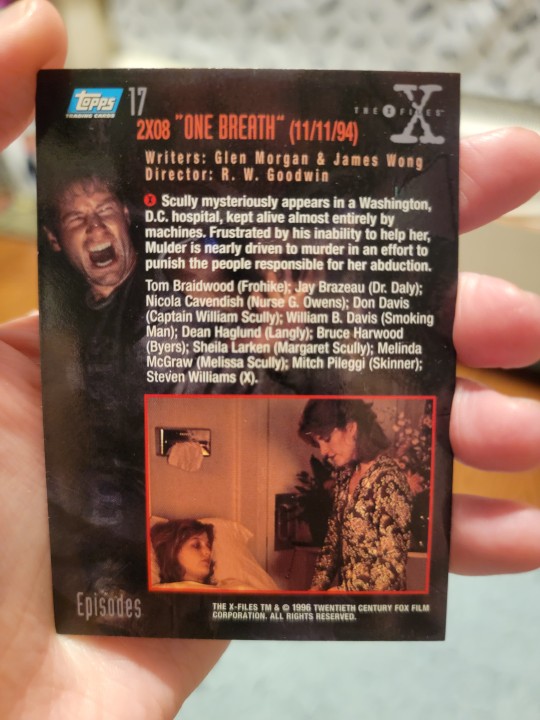
The X-Files Topps Trading Cards ft. Mulder and Scully in the art, 1996 👽
#The X Files#X Files#txf#Fox Mulder#Mulder#Dana Scully#Scully#The X Files merch#X Files merch#txf merch#Topps#Topps trading cards#One Breath#Our Town#The Secrets of the X Files#Anasazi
45 notes
·
View notes
Text
Krycek's First and Last Scenes (in S2)
Imagine the whiplash Krycek felt with Mulder and Scully's partnership; and in only a year's time (if that.)
(Also, Krycek booking it after Scully shot her before-all-else partner is so funny in retrospect.)
33 notes
·
View notes
Text
Y’all get ready because I love “Anasazi” a not normal amount
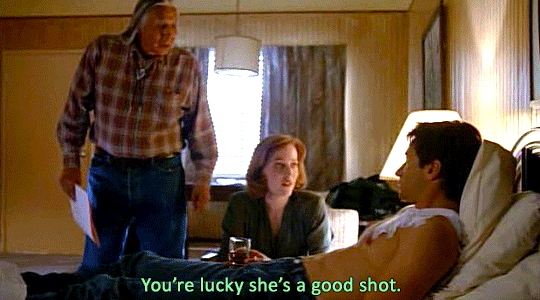
#I always blow through humbug to our town because i want to get to it so bad#anasazi is the episode that permanently altered my brain chemistry#and i will never shut up about it#it’s one of the episodes in my ‘favorite episode ever?’ roulette#it’s the perfect mytharc episode#the x files#x files#mulder#fox mulder#msr#scully#dana scully#mulder and scully#txf#txf s2#meghan rewatches x files#anasazi
74 notes
·
View notes
Text
Time Travel Question 25: Medievalish I
These Questions are the result of suggestions from the previous iteration.
Please add new suggestions below if you have them for future consideration.
The first person who suggested this one first was incredibly poetic in the notes.
#Time Travel#Middle Ages#Indigenous History#Pueblo#Anasazi#Lorenzo the Great#Florence#Cathedrals#Aotearoa#North American History#South American History#Central American History#African History#Irish History#Malaysian History#Persian History#Metalworking#Japanese History#The Pillow Book#Murasaki Shikibu#The Tale of Genji#Sei Shōnagon#Carolingians
101 notes
·
View notes
Text
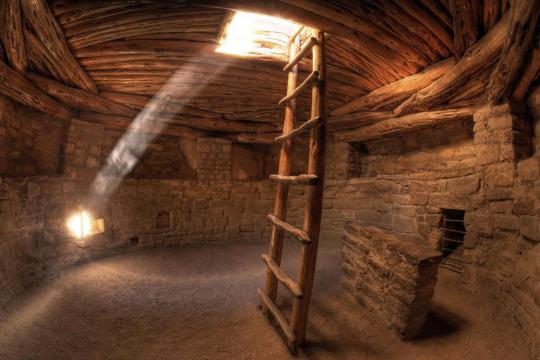
Pueblo Indian Kiva,
Room at the ruins of the Anasazi Pueblo People, Mesa Verde National Park, Colorado.
Stephen Oachs Photography
#art#design#stairwell#stairway#architecture#staircase#interiors#stairs#staircases#ladder#pueblo#history#kiva#pueblo indian#anasazi#mesa#verde#colorado#usa#stephen oachs
31 notes
·
View notes
Text

Pictographs at the LP panel, Emery County. November 24, 2022.
#pictographs#utah#archeology#anthropology#barrier canyon#anasazi#fremont#ancestral puebloans#no filter#utah photos#desert#public lands#emery county#utahunfiltered
231 notes
·
View notes
Text
Anasazi, I Saw The Witch Cry and Nuclear Paradise from the single (2012).
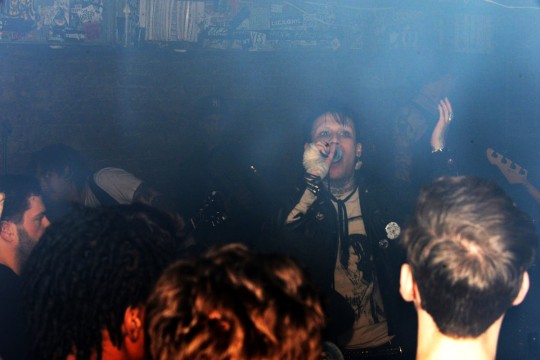
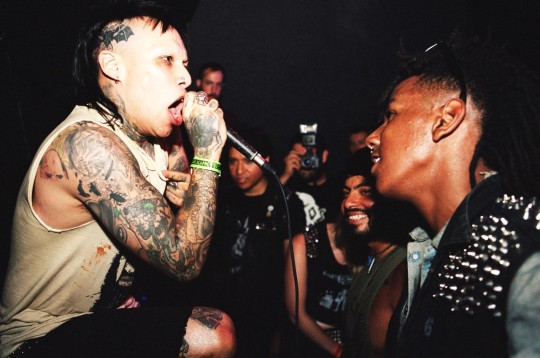



#anasazi#i saw the witch cry#nuclear paradise#brett bartley#chi orengo#jasper mcgandy#keegan dakkar#deranged and violent post-punk#post-rock#lo fi#deathrock#darkwave#witchpunk#attic noise#vinyl records#record collection#vinyl collection#vinyl rip#audio post#nuke york
23 notes
·
View notes
Text

#dawnstar#morning star#anasazi#skyrim#dc women#dc girls#dc ladies#dc comics#dc universe#dc heroes#dc superheroes#legion of super heroes#dc#dcu#dceu#dcedit
17 notes
·
View notes
Text

“Anasazi pottery, dated from A.D. 1100, found in Pueblo Bonito, Chaco Canyon, New Mexico. Thongs were probably strung through the loops near the tops of the vessels to facilitate carrying water. Note the similarity of the designs to those found on later Pueblo pottery. (P. Hollembeak/American Museum of Natural History,New York, NY)”
65 notes
·
View notes


